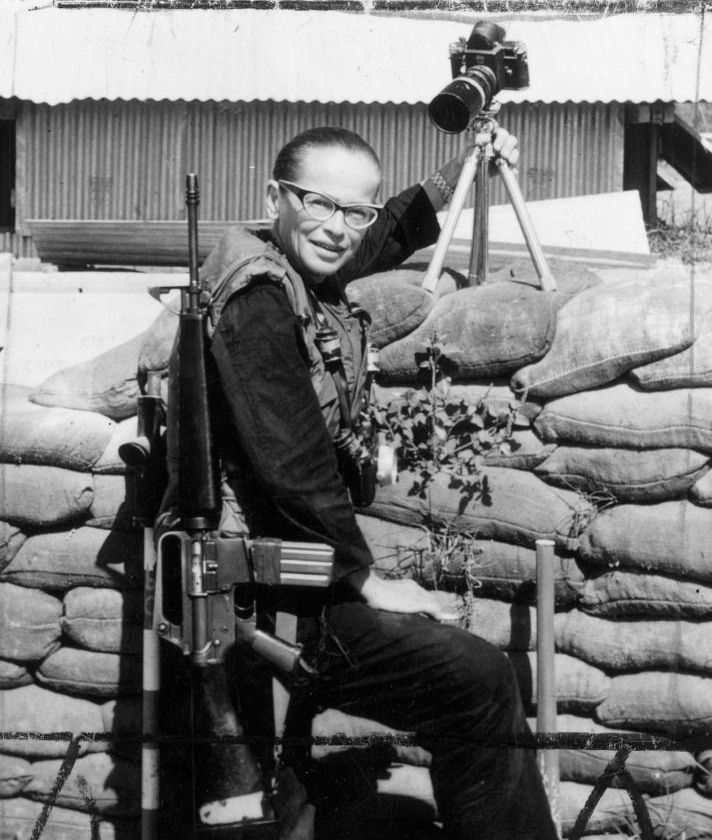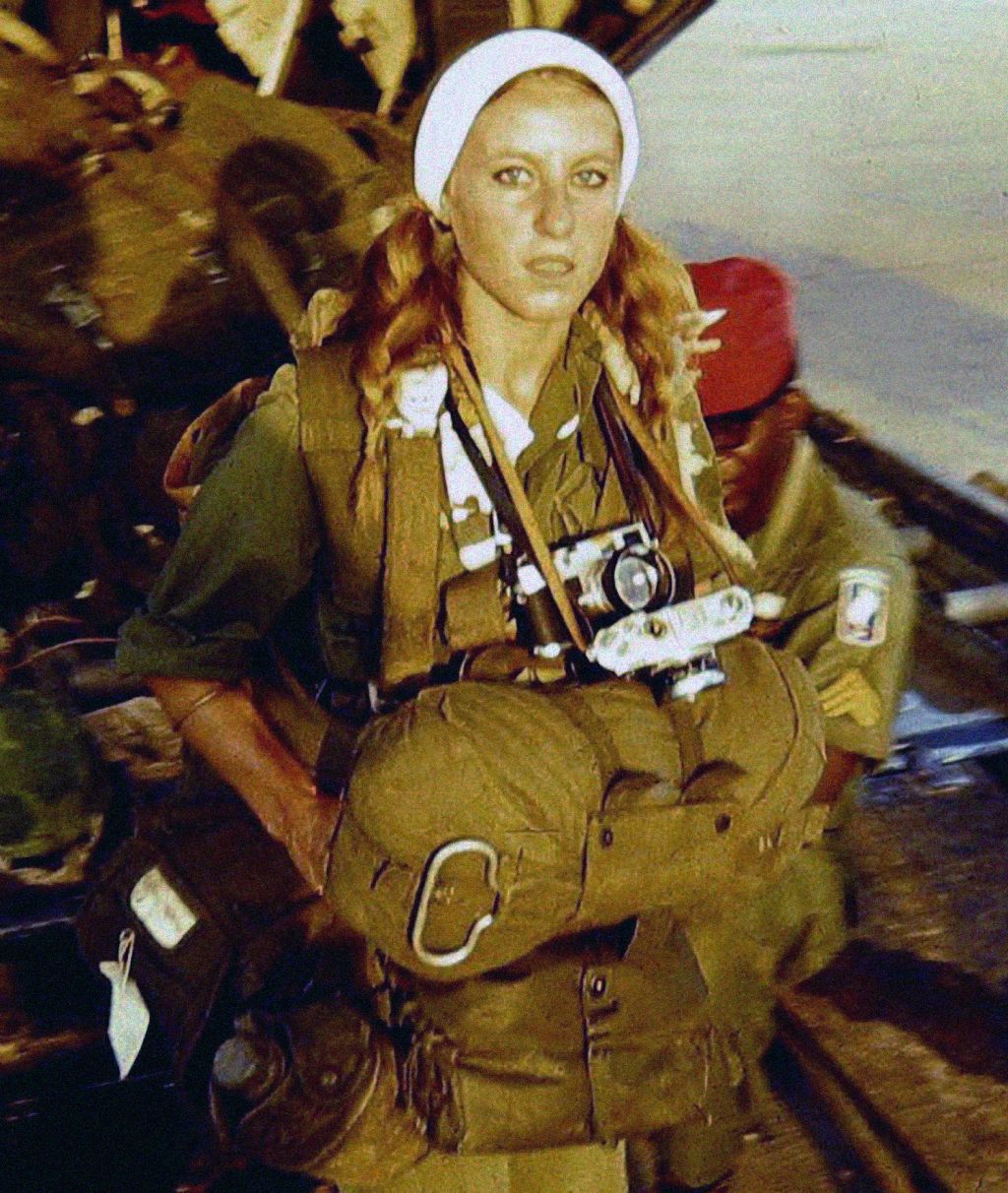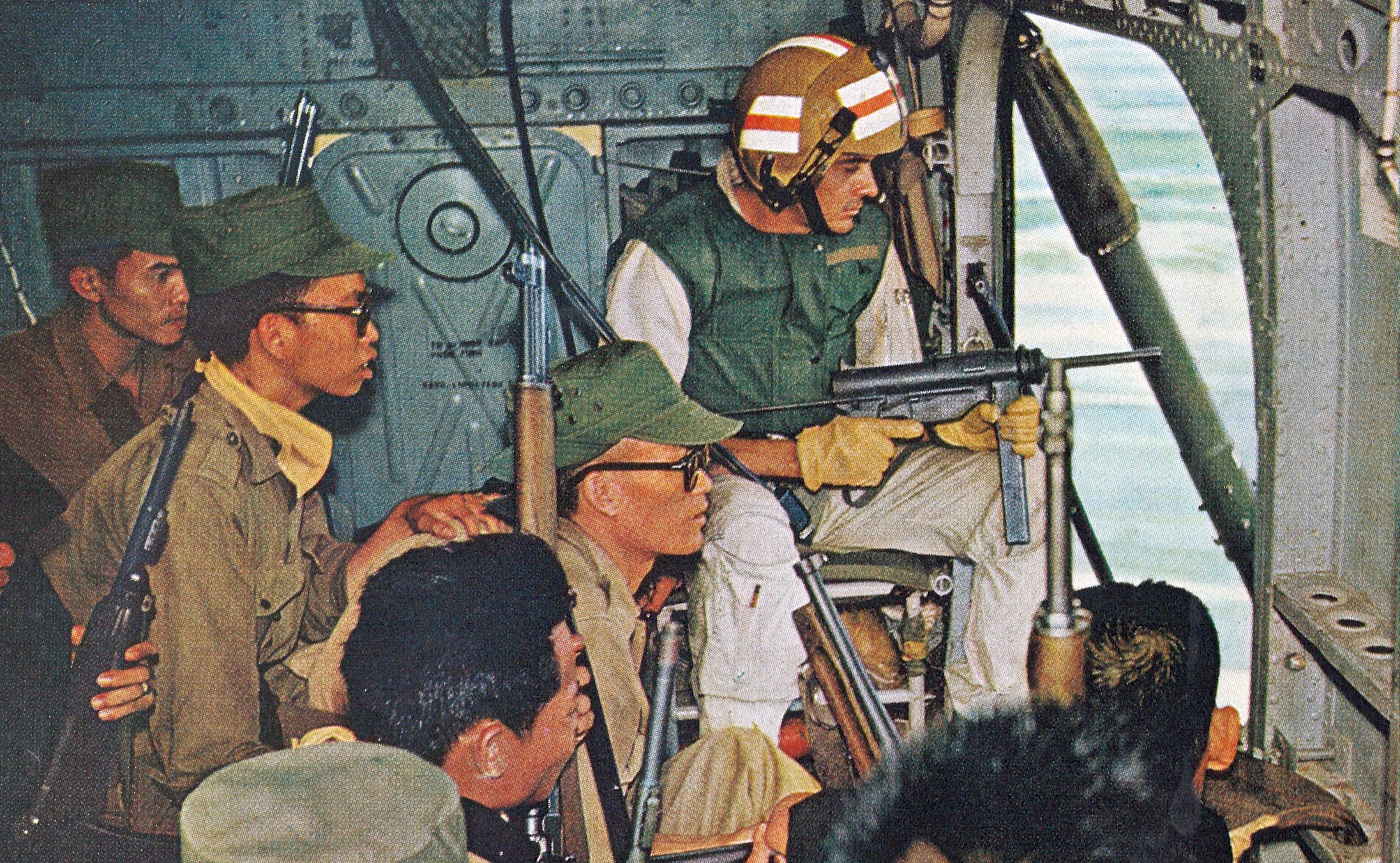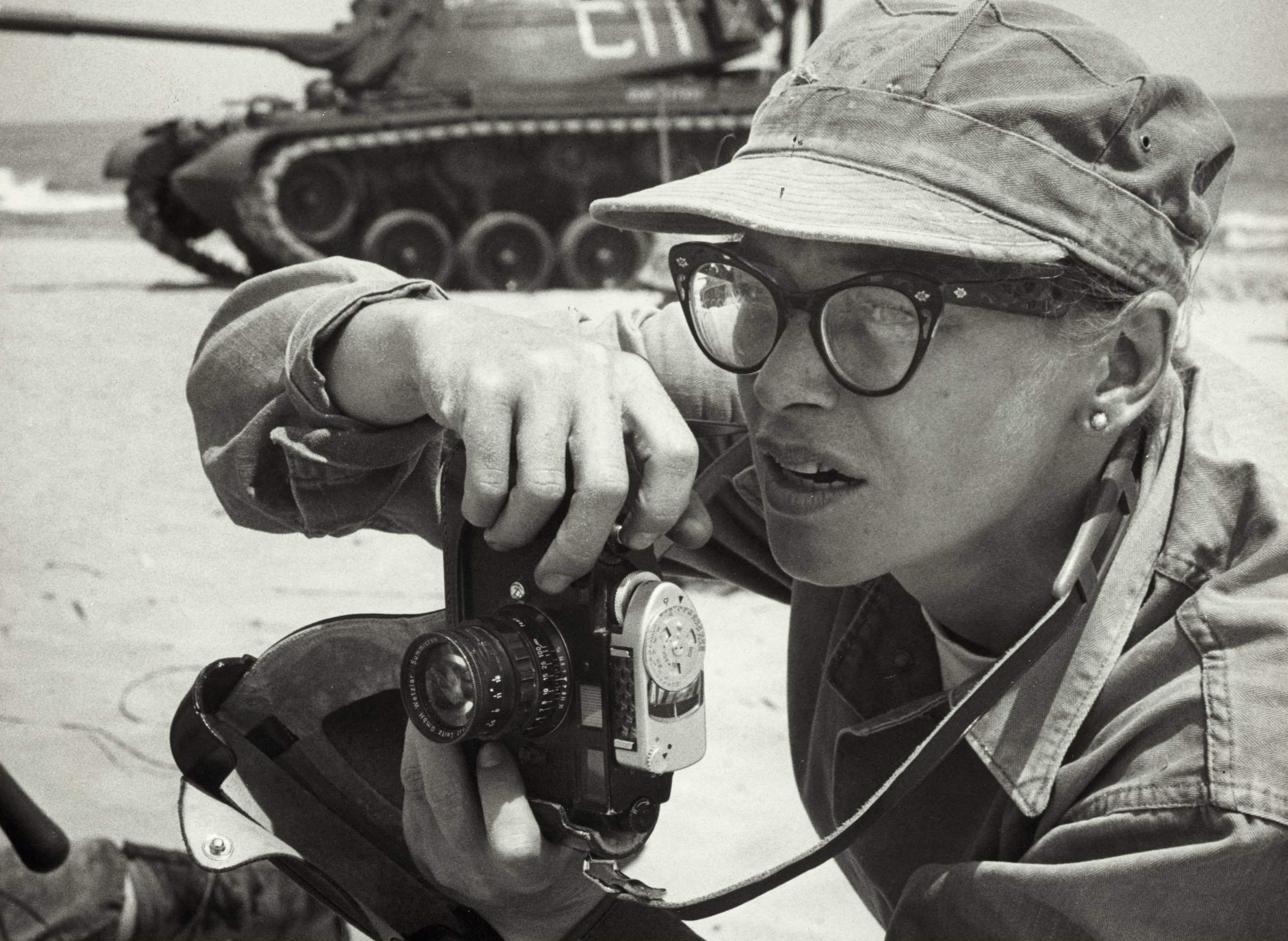Authors:
Historic Era: Era 9: Postwar United States (1945 to early 1970s)
Historic Theme:
Subject:
Fall 2023 | Volume 68, Issue 7


Authors:
Historic Era: Era 9: Postwar United States (1945 to early 1970s)
Historic Theme:
Subject:
Fall 2023 | Volume 68, Issue 7

Through the years, American Heritage has published many stories of courage on the front lines of war. In this issue, we offer, for the first time, profiles of female journalists who covered combat during the Vietnam war. During that conflict, women were largely barred from witnessing action at the front, and often faced a huge challenge just getting to Southeast Asia.
“Female reporters in the 1960s were usually confined to working in the 'pink ghetto' – that's what they called the women's section of publications,” says Elizabeth Becker, who wrote the article in this issue on Catherine LeRoy. “All you could cover was the four F's – food, fashion, furniture, and family.”
Yet the journalists we feature managed to pay for their travel to Vietnam, then find ways to jump with airborne troops and slog with Marine platoons to make award-winning images and stories of America's struggle against communism.

“Vietnam was important for women because it was the first time they covered the battlefield,” says Becker. “There were very few women there. They were doing a very good job, but they were getting pushback – belittling, humiliating treatment because it was men who fought wars, and men who covered it.”
Becker, herself a former war reporter and award-winning author, covered the catastrophe in Cambodia beginning in 1975 at the hands of the Khmer Rouge. Three years later, she was one of two reporters allowed to interview the communist dictator Pol Pot.
“We traveled in a bubble,” she wrote later. “No one was allowed to speak freely to me.” On December 22, 1978, she had a private audience with the autocrat, then went back to the guest house in Phnom Penh where she was staying with the other reporter, Richard Dudman, and the radical Scottish economics professor and outspoken supporter of the Khmer Rouge, Malcolm Caldwell.
At about 11:00 that night, Becker was awakened by the sound of gunfire. Leaving her bedroom, she was confronted by a heavily armed Cambodian man pointing a pistol at her. She ran back into her room and heard more gunshots. An hour later, she discovered that Caldwell had been shot in the chest and was dead. Covering war and oppressive dictators can be a dangerous business.
Vietnam and Cambodia." data-entity-type="file" data-entity-uuid="6e40488e-3d4e-4789-a6e9-89d59f36a214" height="474" src="https://www.americanheritage.com/sites/default/files/inline-images/Becker%20in%20Vietnam-cropped2.jpg" width="836" loading="lazy">
One journalist who paid the ultimate price to do award-winning coverage was Dickey Chapelle, whose career spanned eight wars, from Okinawa and Iwo Jima through Vietnam. My father, Melville Grosvenor, was proud of commissioning her work for National Geographic and recalled that, in the early 1960s, the Pentagon banned magazines and newspapers from publishing photographs of Americans in combat. Yet reporters in the field knew the conflict was widening.
“National Geographic published two wonderful, long articles by Dickey Chapelle that broke a lot of ground in covering the Vietnam War,” says Lorissa Rinehart, author of our article in this issue, “Dickey Chappelle in the Fight.” Rinehart devoted the past several years to uncovering Chapelle's story, and her book, First to the Front, was published this month.
Chapelle “was the first to publish a photograph of Marines in combat in the Vietnam War,” notes Rinehart. “In 1963, they were not supposed to be firing weapons, and yet she photographed a soldier aboard a Huey helicopter firing weapons at the North Vietnamese regular army that had infiltrated villages in the Mekong River delta."


“She was an incredible writer, as well as photographer, but had to fight really hard to get her work published as a woman,” says Rinehart.
Wilbur "Bill" Garrett often worked with Dickey Chapelle in the field and was her editor and primary contact at National Geographic. We reprint Bill's wonderful memories of his friend written shortly after her death in 1965.
I hope you can take some time to read through these wonderful essays. You will be amazed.